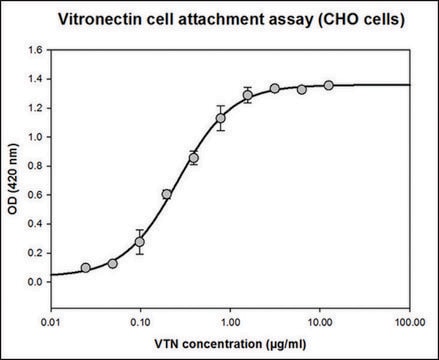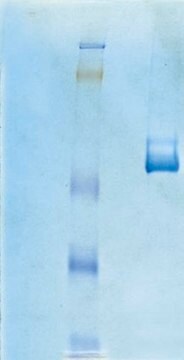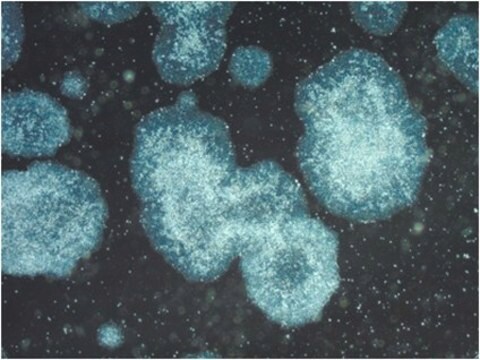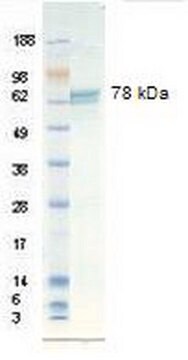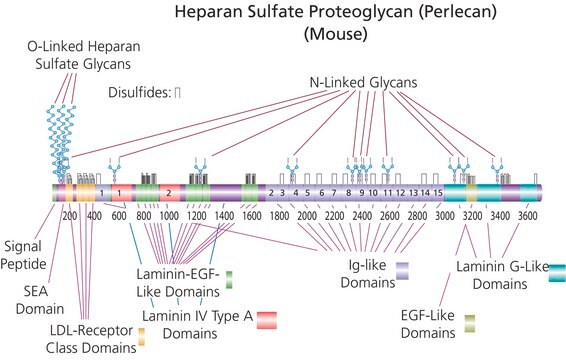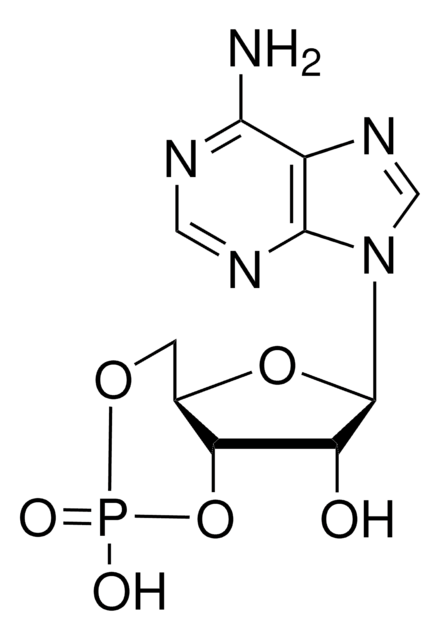V8379
Human Vitronectin
from human plasma, powder, suitable for cell culture
Synonym(s):
Serum spreading factor
About This Item
Recommended Products
Product Name
Vitronectin from human plasma, lyophilized powder, BioReagent, suitable for cell culture
biological source
human plasma
Quality Level
product line
BioReagent
form
lyophilized powder
mol wt
A subunit 75 kDa
B subunit 65 kDa
packaging
pkg of 50 μg
technique(s)
cell culture | mammalian: suitable
surface coverage
0.1 μg/cm2
solubility
water: soluble 0.050 mg/mL, clear, colorless
UniProt accession no.
shipped in
ambient
storage temp.
2-8°C
Gene Information
human ... VTN(7448)
Application
Biochem/physiol Actions
Components
Caution
Preparation Note
Disclaimer
Not finding the right product?
Try our Product Selector Tool.
Storage Class Code
11 - Combustible Solids
WGK
WGK 3
Flash Point(F)
Not applicable
Flash Point(C)
Not applicable
Choose from one of the most recent versions:
Already Own This Product?
Find documentation for the products that you have recently purchased in the Document Library.
Customers Also Viewed
Articles
3D cell culture overview. Learn about 2D vs 3D cell culture, advantages of 3D cell culture, and techniques available to develop 3D cell models
Cancer stem cell media, spheroid plates and cancer stem cell markers to culture and characterize CSC populations.
Extracellular matrix proteins such as laminin, collagen, and fibronectin can be used as cell attachment substrates in cell culture.
Our team of scientists has experience in all areas of research including Life Science, Material Science, Chemical Synthesis, Chromatography, Analytical and many others.
Contact Technical Service
